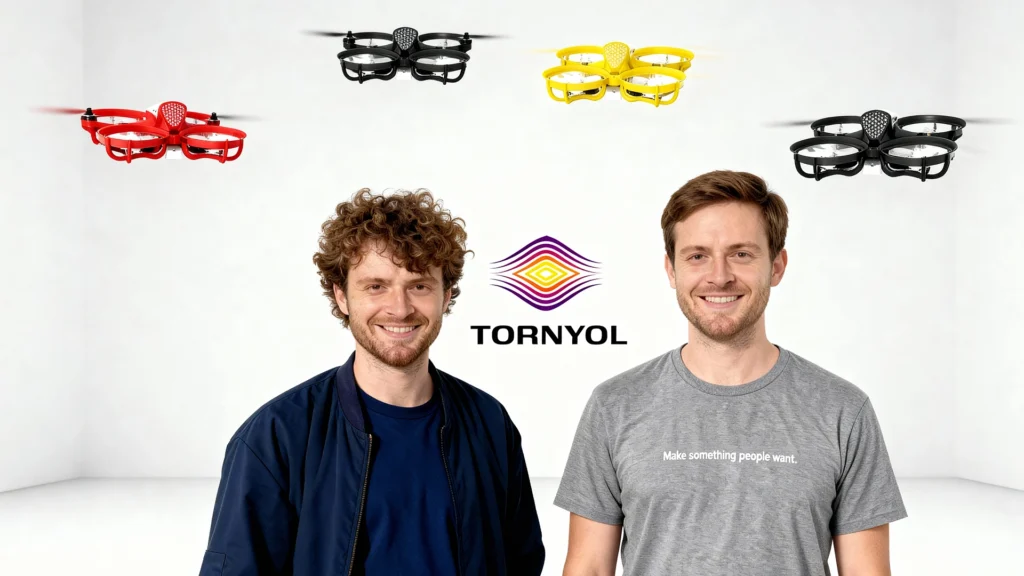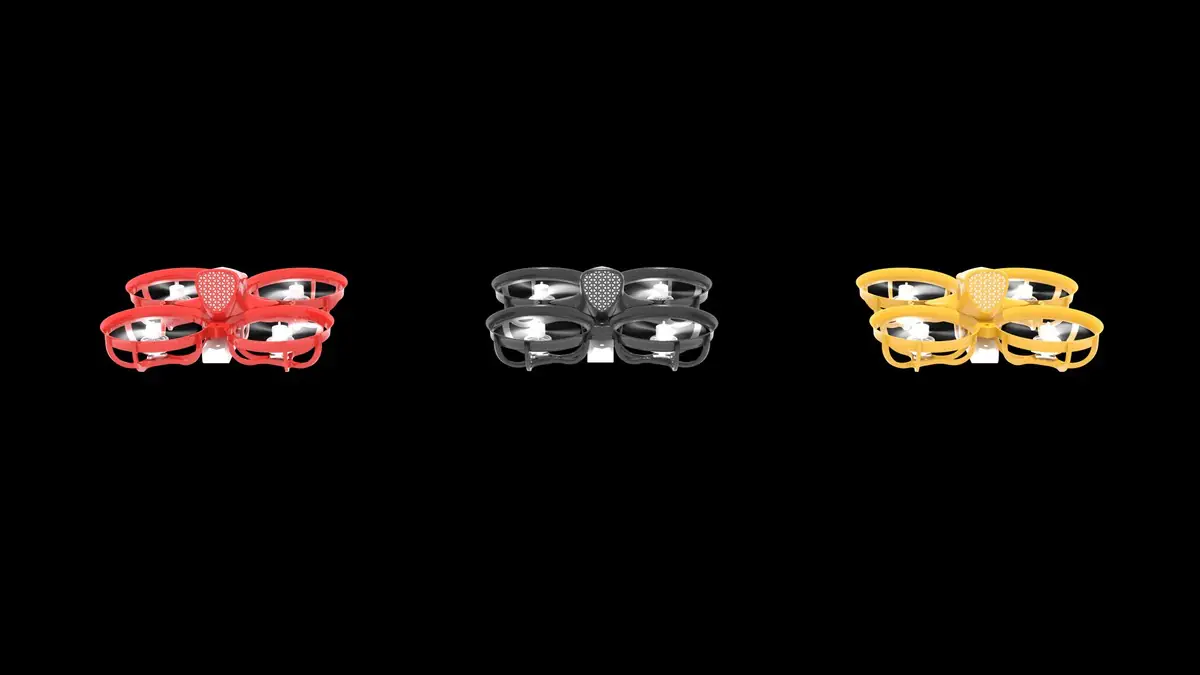An Iron Dome for Mosquitoes: How Tornyol is Building a Surgical Solution

While Silicon Valley pours billions into AI that can write better ad copy, a different kind of war is being waged. It’s a war with a body count; over 600,000 deaths per year, mostly children.
The enemy? The mosquito.
For a century, our strategy against this enemy has been one of brute force: chemical fogs, insecticide-treated nets, and gene-altering campaigns. These are the “carpet bombing” approaches: imprecise, expensive, and increasingly ineffective as the enemy adapts.
Now, a startup called Tornyol is proposing a radical new doctrine. It’s not brute force. It’s a surgical strike.
They are building an “Iron Dome” for humanity’s deadliest predator, using autonomous micro-drones to hunt and kill mosquitoes, one by one.

The Old War: A Strategy of Collateral Damage
To understand why Tornyol’s approach is so revolutionary, you have to understand why the old war is failing.
- Imprecision: Widespread pesticide spraying (fogging) is like using a sledgehammer to kill a fly. It kills beneficial insects, contaminates ecosystems, and has unknown long-term health effects.
- Adaptation: Mosquitoes are evolving resistance to these pesticides, making our primary weapons obsolete.
- Inefficiency: Bed nets are a vital, life-saving tool, but they are a defensive measure. They don’t eliminate the threat; they just displace it.
We’ve been fighting a war of attrition with an enemy that outnumbers and out-evolves us.
The Insurgent’s Playbook: Seek and Destroy
Tornyol, like the defense tech insurgents we’ve covered (Anduril, Shield AI), is applying a 21st-century “find and fix” model to this ancient biological problem.
Their strategy is to turn the tables. Instead of humans hunting mosquitoes, they are building autonomous systems that let the mosquitoes hunt themselves.

The Arsenal: AI-Powered Precision
The technology is a masterclass in deep tech convergence:
- Micro-Drones: Swarms of small, autonomous drones designed for this specific mission.
- AI-Powered Sensors: The drones are equipped with sensors that can identify the specific acoustic signature, wing-beat frequency, and thermal profile of a female, disease-carrying mosquito.
- Surgical Elimination: Once a target is locked, the drone intercepts and eliminates it. No chemicals, no collateral damage.
This isn’t a “dumb” bug-zapper. It’s a “smart” counter-insurgency weapon. It’s a 24/7 aerial patrol that can identify and neutralize the exact 1% of mosquitoes that pose a threat, leaving the other 99% of the ecosystem untouched.
Founder Lessons from the New Battlefield
- Solve Problems of Survival, Not Just Convenience. The tech world is flooded with solutions for first-world problems. The greatest opportunities (and the most profound moats) are found in solving the hard, “unsexy” problems that define human survival: disease, food, energy, and security.
- Precision is the New Scale. The future of innovation isn’t always about “more.” It’s about “better.” A surgical, 1-to-1 solution (one drone, one mosquito) is infinitely more efficient and sustainable than a “blunt force” 1-to-many solution (one chemical fog, one entire ecosystem).
- Use Asymmetric Strategy: You can’t beat an enemy like malaria with conventional warfare. Tornyol’s success comes from changing the rules of engagement. They are fighting an AI-powered guerilla war, and it’s a playbook that can be applied to countless other “impossible” problems.
Final Word
Tornyol’s mission is a powerful reminder of what’s possible when brilliant founders move beyond building the next social app and apply their talent to the problems that truly matter.
This is the real “deep tech.” It’s not about creating a distraction; it’s about protecting lives. It’s a company that understands that the most powerful innovations aren’t just about changing how we work or play, but about changing who gets to live.